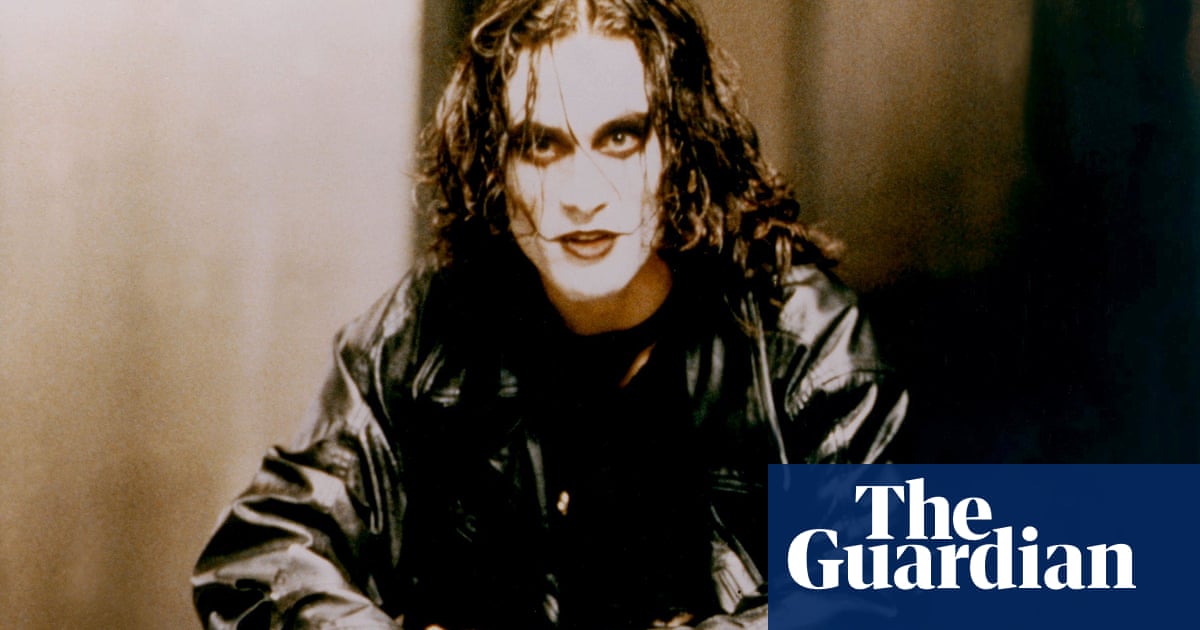
Afew months back, I found myself rewatching an episode of Six Feet Under, in which Brenda (Rachel Griffiths), has a miscarriage the day before her wedding. I was watching it while researching the depiction of miscarriage in popular culture.
I’ve watched many of these depictions over the past couple of years. But as I watched these particular characters examine the grief and trauma of miscarriage from multiple angles and with all the familiar themes of shame, guilt and blame, I was blown away by what I think now – on second viewing and after seven miscarriages of my own: it is one of the best depictions of miscarriage that I’ve seen on screen. It wasn’t just a plot device to help you get to the next story arc, but the gritty, central theme of the episode, handled with nuance and grace.
There was messy detail, including Brenda’s awkward interrogation by her mother as to why she’s wearing a pad and big undies under her elegant white wedding dress, and her mother’s later frustration that she can’t take away her daughter’s grief. There are the options given to her by the doctor. And her new husband having to hold it together, in the way men too often think they are expected to do, before breaking down when there’s no one there to see.
I effusively told a friend that I’d forgotten how much I enjoyed the show. She said, “It was so ahead of its time in so many ways.” Watching the show again from the very beginning, I am compelled to agree.
Many of us know the plot premise: Six Feet Under follows the lives of the Fisher family, who live in and run a funeral home, and who are thrown into disarray by the sudden death of family patriarch, Nathaniel.
There are many issues we don’t deal with well, as individuals and as a society. At the top of the list must surely be death: the grief, the awkwardness, the uncertainty about what to say, the silence. So it was quite the punt for Alan Ball to set an entire show in a funeral home. And even more so to open every episode of the drama with a death. Sometimes these deaths are heartbreaking; sometimes they’re comedically dark; sometimes they’re just ordinary. But it worked. It still does. Getting sucked back in after my research I was surprised how well it’s aged – and even improved – 20 years after it aired the first of its five seasons.
Take its depiction of same-sex relationships – in particular, that of David Fisher (Michael C Hall, pre-Dexter), who comes out to his family as an adult while already in a loving relationship with Keith (Mathew St Patrick). This isn’t a nice, box-ticking disclosure exercise that’s over with quickly; it’s a carefully staged, multi-scene arc, each family member responding differently. His older brother Nate (Peter Krause) is surprised, but ultimately happy to see his brother happy. His mother Ruth (Frances Conroy) manages to make it all about herself. His younger sister Claire (Lauren Ambrose) already knows without needing to be told. His workmate Rico (Freddy Rodriguez) is disgusted, which makes their close working relationship difficult to navigate. Ultimately, David’s relationship with Keith is in many ways far more stable than many of the other characters’ couplings, and the challenges presented to the couple are dealt with in equally thoughtful and insightful ways.
Many of the show’s themes are incredibly difficult: hard drug use, sex addiction, abortion, dementia, to mention only a few. But just like its treatment of death, Six Feet Under doesn’t insert these issues for melodramatic effect, or use metaphors or workarounds to avoid facing the hard stuff. It invests in its characters and their struggles, unpacking the issues they face and finding shades of grey and, crucially, some kind of understanding and empathy.
Outstanding scripting is also supported by some of the finest acting seen on the small screen – there’s a reason the cast received dozens of Emmy, Golden Globe and Screen Actors Guild nominations over the life of the show, and won a swag of them too. The show’s much-lauded finale fully capitalises on this investment – and the viewers’ along with it. Of course, there’s death. But as we come to understand throughout the show, death is just what happens to all of us. By this time, it almost feels like an old friend. And while each story has its own takeaway, love shines through in every one – not a saccharine, soap opera love; real, deep, flawed, pockmarked love, all the more moving for its honest depiction.
Six Feet Under was an ambitious and groundbreaking show at the time. Rewatching it two decades later, I now think it comes pretty close to perfection. So many of the issues raised, whether subtly or more directly, are still as relevant today as they ever were. That in itself is an achievement. If I haven’t yet made you remember why this show was so good, or convinced you to take the plunge and experience it for the first time, then at least I’ll go to my grave knowing I tried.












